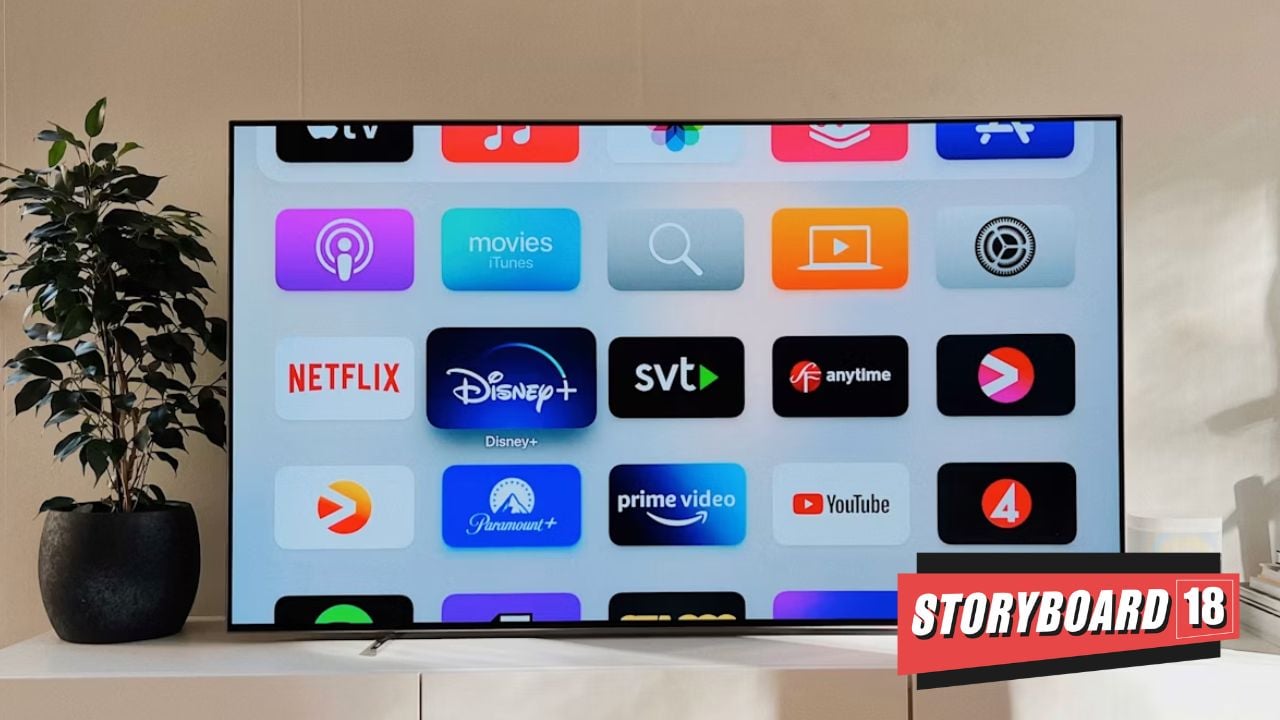Connected television is rapidly rising in India. The country will see total TV screens increase from 182 million in 2023 to 202 million by 2026, with the mix changing significantly in favor of connected TVs, according to the annual FICCI – EY report, which provides a comprehensive evaluation and view of the media and entertainment industry in India.
The situation post 2026 could be quite different, once wired broadband crosses 60 million to 70 million homes and 5G connections scale significantly. At this point, the industry expects connected TVs to start scaling more quickly, and reach 100 million by 2030, while linear TV homes drop to 140 million, of which 57 million would be free TV homes.
By 2026, television revenues are projected to reach Rs 765 billion, with a compound annual growth rate (CAGR) of 3.2 percent, approximately half of the expected inflation rate.
Read More: FICCI EY Report: 51 percent of total ad spends in Digital media
The report outlines clear trends in the evolving media landscape for television. The television segment has witnessed interesting, yet dichotomous developments in recent times. Although the number of pay TV subscribers continues to decline, the overall number of TV viewers continues to grow. While advertising has shrunk, the number of TV screens is growing and the overall segment is expected to have a positive outlook in the coming times.
Viewership of connected TVs would continue to grow and proliferate with the increase in broadband and 5G. Overall, while the coming times would provide many growth opportunities, the segment would also face competition from other avenues, such as social media, gaming and short videos.
Weekly connections to internet on TVs rise
The overall connected TV base has reached 30 to 35 million unique sets connecting to the internet each month, of which an estimated 19 million connected weekly. Seen in context, the reach of connected TVs is now larger than any individual pay platform in India.
Several platforms and manufacturers have started providing advertising services on their smart TV platforms to the extremely desirable “top of pyramid” audience, both around social media, short video, AVOD and linear streams.
In addition, increased acceptance of permanent and temporary work-from-home culture has created a large “laptop audience”. This might explain why second TV sets are not being re-connected, and a good case for parity pricing between linear feeds on TV and on OTT.
Weekly connected smart TV sets are expected to grow from 19 to 40 million by 2026, given the continued growth of wired broadband and 5G connections.
CTV would be the largest distributor of content on large screens by 2030, but broadcasters would be competing with not just each other on the CTV platform, but also social media, short video, gaming, etc., all of which underlines the need for diversification of products and re-engineering organizations towards audience segments.
